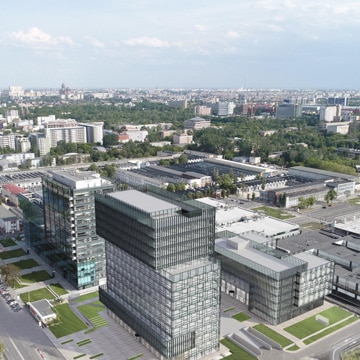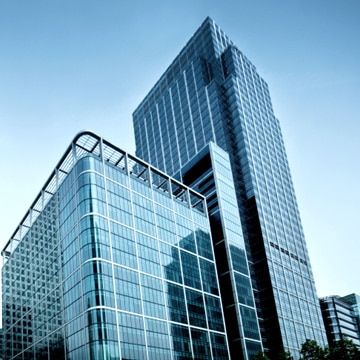Integrated projects – the solution to increasing the quality of life in the modern era
The development of society, including its real estate component, whether we are talking about offices, homes, or commercial spaces, is becoming increasingly complex.
We have reached a point where resources must be protected. Past models become viable alternatives again as they propose cost efficiency and reduced energy consumption. Moreover, they contribute to the restoration of ties between community members and the protection of the environment. In the real estate field, such a principle is related to the construction of projects with mixed functions, which have existed since the pre-industrial era and have imposed a specific type of organization on society since then. The urban renaissance is therefore based on a return to complexity, an attempt to integrate the new buildings in a well-defined context, which would make the urban lifestyle more social and more open to human interaction. The concept of integrated project designates a multi-functional space that can include a variety of buildings with different functions included in a complex (Mixed-Use Schemes) or a single building that offers a mix of recreation-work-residence (Mixed-Use Buildings).
It is essential to know, however, that developing a complex integrated project involves building a series of buildings with various uses and a carefully calculated equation that must maintain a perfect balance between economic viability, lifestyle, and functionality. The evolution of integrated projects was interrupted in the period 1920-1930 with the emergence of a new type of urban planning that led to “zoning” more precisely to the city’s division according to the specific activities (industrial, residential, offices).
The phenomenon was also favored by the development of the car industry, by the spread of private cars, the appearance of technologies such as the elevator, but also by the evolutions in the behavioral culture (the rising middle segment, looking for a quiet environment). However, the separation implicitly brought the monotony of city life, the decrease of social interaction between members of the same community. Between 1960 and 1970, environmental movements campaigning for the conservation of natural resources brought the public’s attention to the concept of a mixed project, as part of a complex strategy to reduce energy consumption and revitalize cities.
In the late 1990s, the theory of “smart growth” appeared in the United States, which within a broad philosophy of continued growth, but responsibly recommended the implementation of integrated projects as a solution with many community benefits. Today, as time has become the most crucial currency, mixed projects are the solution to revitalize declining spaces and reduce the need for people to move. It is ideal and very convenient to be able to reach in a few minutes from the home office, from home to shopping or from shopping in parks or cultural recreation institutions.
By mainly eliminating the intensity of road traffic, this type of project reduces the degree of pollution, promoting a healthier lifestyle. Within these urban developments, a favorable climate for social interaction is created. People become much more open and responsible for their relationship with others. Investors are also motivated to build integrated projects because the risks are lower (there are multiple income-generating functions), financing income is ensured through the component of residential spaces for sale, the use of parking spaces is made more efficient due to the complementary schedules of specific functions for example retail offices, or residential offices).
But some conditions must be met to obtain a successful integrated project. The location must be in accordance with the type of project to be developed. The financing solutions should be designed to target a wide range of customers, and the civic and recreational functions (libraries, banks, parks) should not be omitted. As a trend in international metropolises, most fast-growing areas will include at least one integrated project. In Romania, Sema Parc is the first integrated project in the central area of the Capital, which covers an area of 42 hectares. Here will be developed 3 significant functions: business, commercial (mall, hypermarket, restaurants, a 4-star hotel), and residential. The project includes services related to the space intended for living: kindergarten, medical center, fitness and relaxation rooms, playgrounds for children.
To maximize the natural green space, the parking spaces are organized underground and have controlled access. This method has already proven its efficiency and advantages abroad. Applying the integrative concept will not solve all the problems of cities. Still, it contributes significantly to the prosperity and sustainable development of a town.














